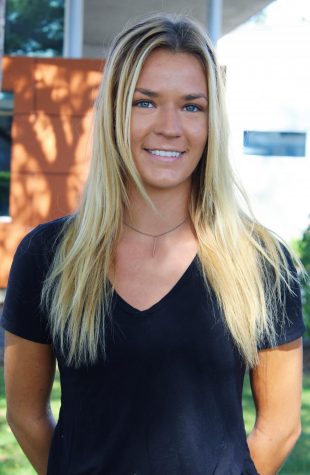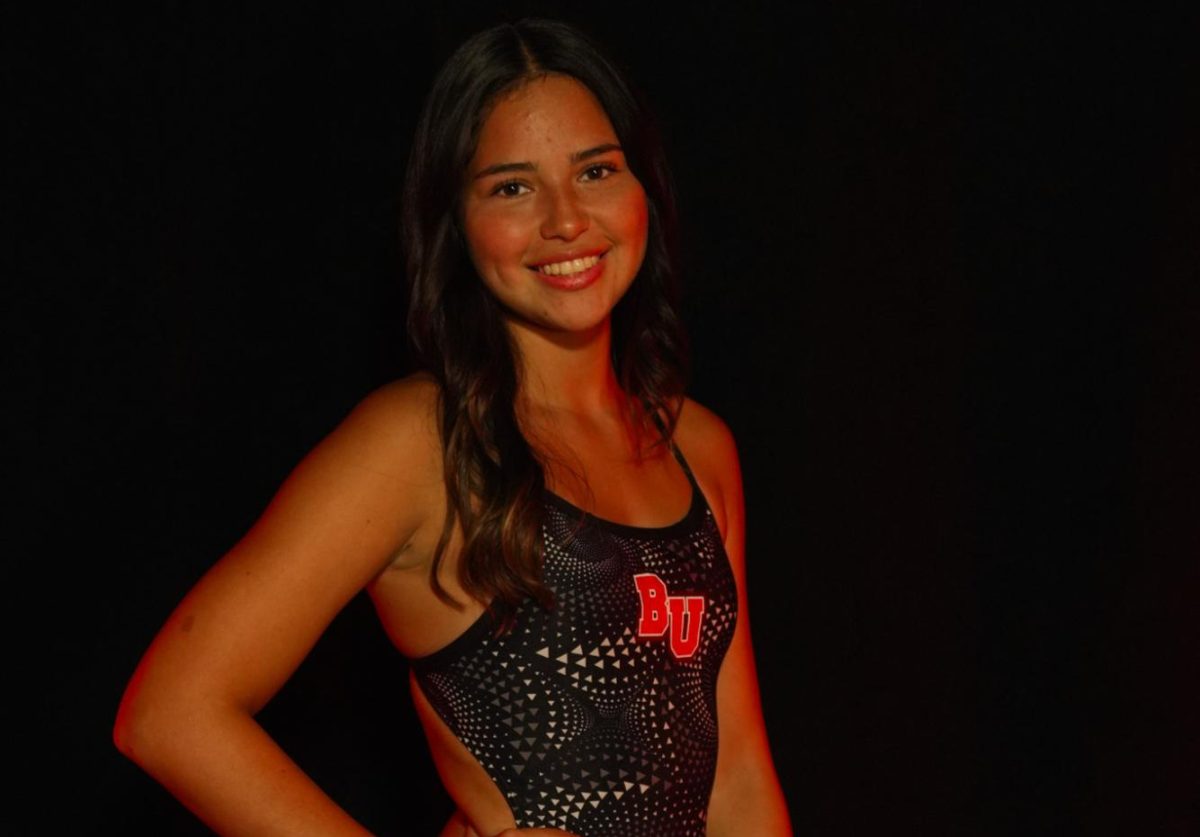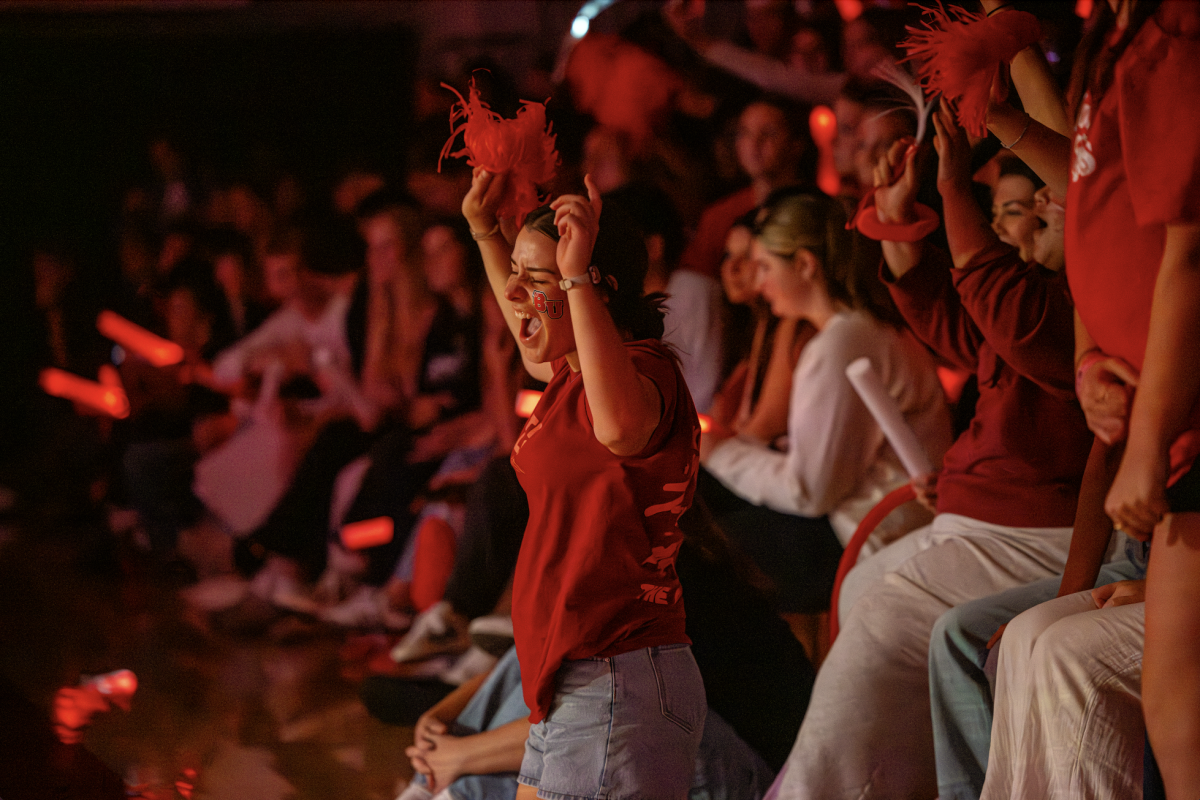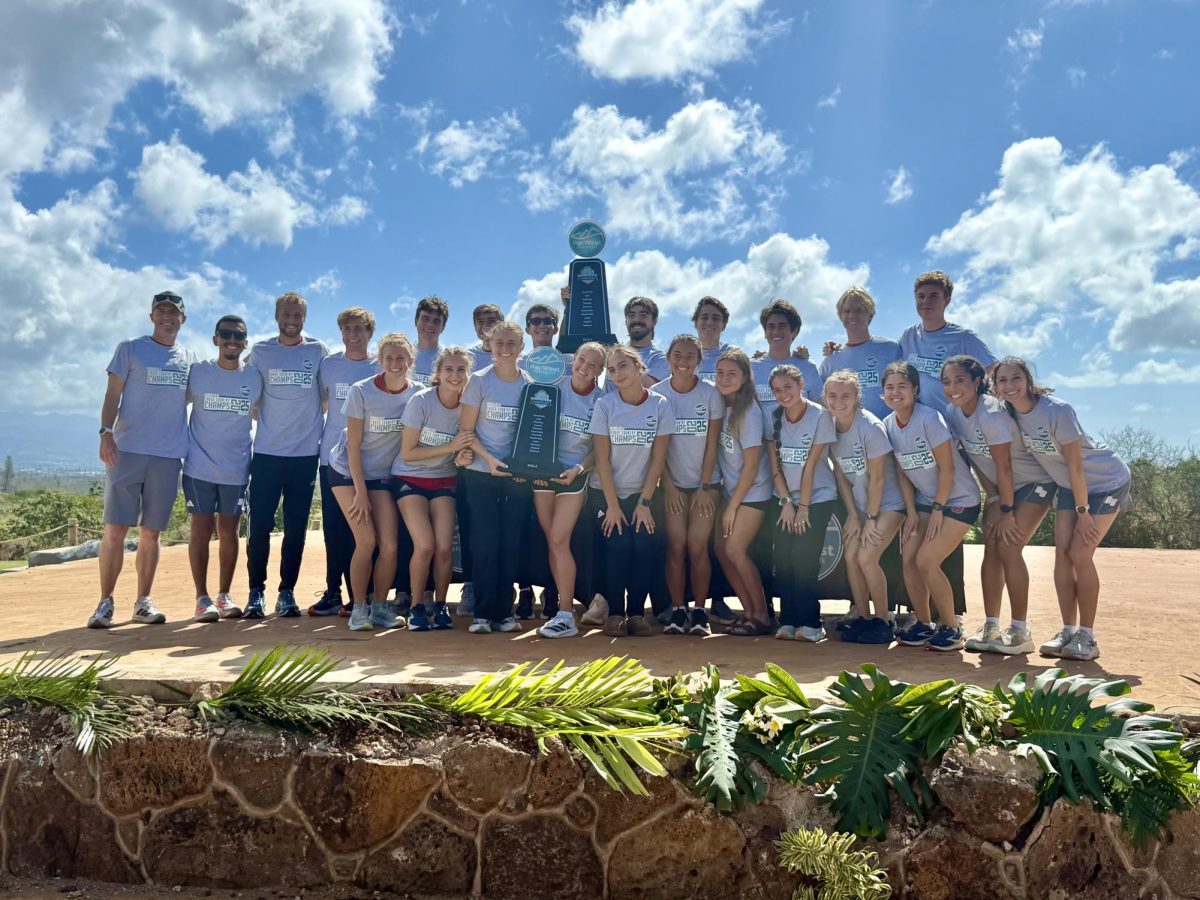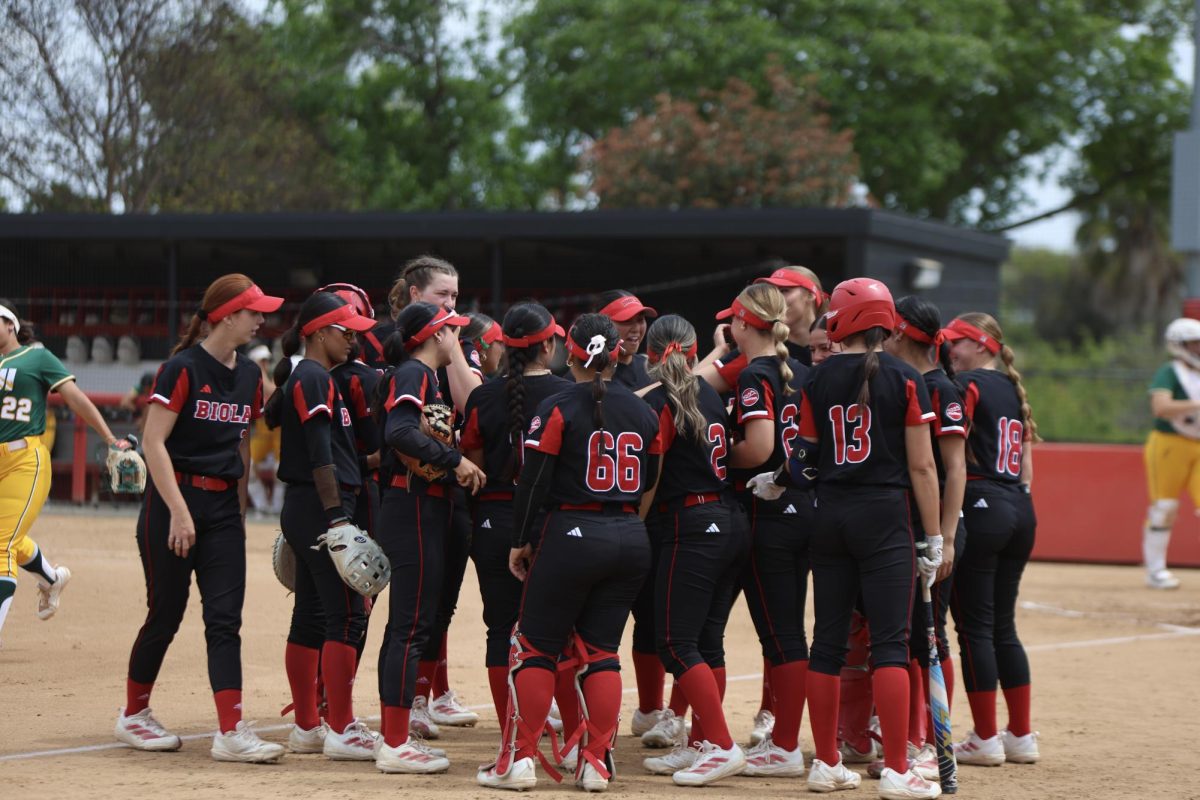It has been a little over a month since Biola began their three-part reopening COVID-19 Action Plan. On Oct. 8, the Athletic Department transitioned from a highly restrictive Phase 1 into a slightly more relaxed Phase 2. Athletes on campus are still expected to maintain 6-foot social distancing measures, but they now can work out and practice in a manner that is getting closer to normality.
PHASE 2 NOW ACTIVE
Two key changes are found in Phase 2. The first change comes with allowing athletes to have more physical interaction.
“Student-athletes are now allowed to use shared implements,” said Eddie Shepard, Biola’s associate athletic director for internal operations. “For example, in Phase 1, a baseball or softball player was not allowed to play catch with another player because of the shared ball. Student-athletes can now share a ball but must continue to have regular breaks to sanitize their hands and the balls.”
The second key change in Phase 2—and the most important—is weekly COVID-19 testing of all athletes. In order for progression toward normality to occur there must be testing.
“High-risk sports such as basketball and volleyball have 25% of their program tested each week,” Shepard said. “Medium-risk sports such as baseball and softball have 25% of their programs tested every other week. Low-risk sports such as tennis and golf also have athletes selected to test at regular intervals.”
Based on Biola’s COVID-19 Response Dashboard, only four people on campus have contracted coronavirus. As of today, there is only one current case recorded, of which is either a staff or faculty member.
However, the results of the athletes’ tests remain confidential. While the Health Center is responsible for managing those who test positive, there is no word from the athletics department on whether any athlete has contracted the virus.
Even if their test comes back negative, athletes still must wear a face mask at all times, even during outdoor workouts and practices.
However, there are still restrictions in place to implement social distancing. According to Shepard, teams are allowed to practice in any activities that require close contact, but only at 50%. However, “full-speed contact” is not allowed in this Phase.
NURSING MERGES WITH ATHLETICS
The Department of Nursing has since partnered up with Athletics when they caught wind of the testing happening on campus. Director of nursing, Rachel Van Niekerk, heard of another university that was allowing its nursing students to assist in COVID-19 testing and got the approval from Biola’s Health Center to follow foot.
There are currently seven nursing students total that are assisting in the testing. All are required to wear facial protection, gloves and surgical masks that are provided by the nursing department. There are also plexiglass dividers between each testing station in Chase Gymnasium to give added protection between the athlete and student nurse.
“The nursing students do not come into contact with the specimen,” Van Niekerk said. “The athletes are responsible for collecting their sputum sample after receiving instructions from the nursing student. The athlete disposes of all their waste and deposits the sample into a biohazard bag for shipping to the center that oversees the testing.”
However, clinical students are not alone. A nursing faculty member is present during the entire five-hour testing period.
WHAT DOES THE FUTURE HOLD?
Going forward, Phase 2 must show promise in order for Phase 3 to occur on schedule.
“Phase 3 is really the competition phase of our plan,” Shepard said. “Our conference is still in the process of finalizing plans for the schedules so some of that is up in the air. However, I can say at this time that most sports will plan to enter into Phase 3 in early January with planned competitions beginning mid-to-late January. There may be some exceptions to that but we will not know until schedules are set.”




